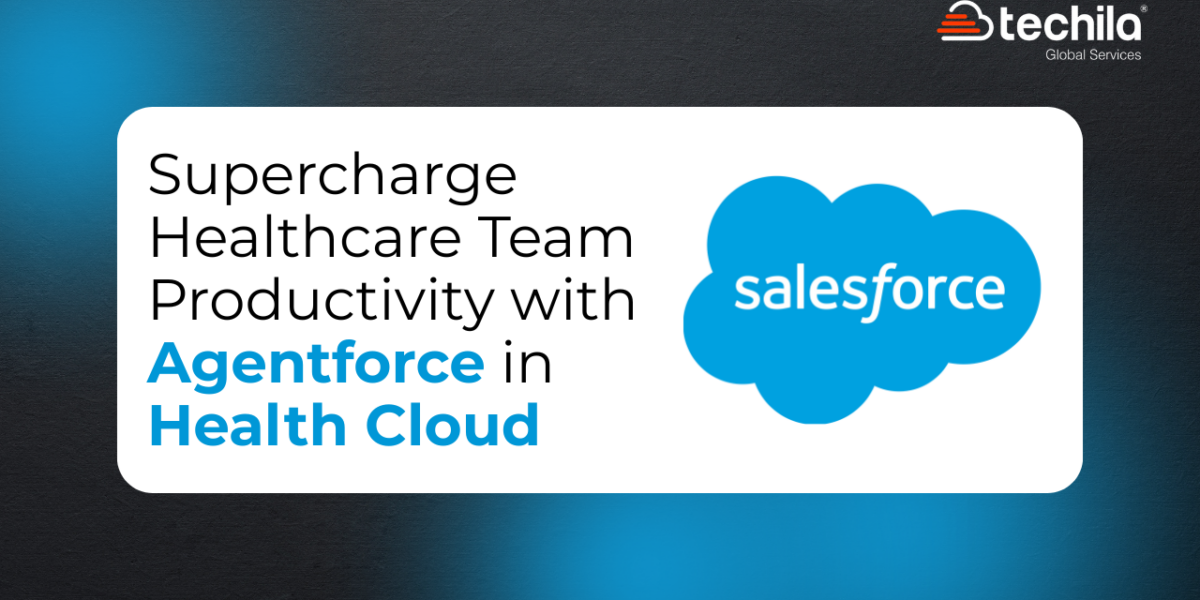Every organization has some specific set of rules, where a person is restricted from having a certain level of access. The same thing happens with salesforce. Consider a scenario where you are selling a salesforce product to a client. As a salesforce developer, you would need some personal insights to the client.
As you soon as you approach the other salesforce professional, you see that you are restricted to view only a certain that kind of information by default, which is like their name and address. So the default access salesforce professional gets while working in the platform can be termed as OWD in salesforce
Object Permissions
An enterprise may be having thousands of records. Through salesforce, these records can be managed. The question is, how? See in salesforce, a salesforce developer would create a baseline of the records so that employees in the enterprise can at least view the most basic information of the records if needed.
For performing in this activity, all the records are merged in an object, and syntax is created known org wide defaults. So if you are someone who is searching what is OWD in salesforce? Hopefully, this would answer your question. When OWD is set, then the employees of the organization will have some basic level of information in the enterprise. Anything more than that will be restricted.
Also,Read: Salesforce customer 360: Overview and Features
Levels in object permissions
OWD settings in salesforce
are basically Levels in object permissions, which can be differentiated into four types, one is known as public read and write, the second is known as public read and transfer, and the third one is known as public full access and the last is known as private. Let’s get and analyze each of them, so that you can have a better understanding
1. Public read write
This level of access is given to cases and leads. When this privilege is given, then as a salience user, you have the facility edit and modify according to your convenience. Once done, you can transfer it another salesforce user. This can be called as public read write transfer salesforce.
2. Public read and writes
When the record is made public using this feature, then all the salesforce user would have the facility read and modify the documents but do not have the access to transfer it.
3. Public read only
When the records are made public using this feature, then the salesforce user can search the records and read any record of their choice bit have the facility to modify it.
4. Private view
Only salesforce professionals that are present at the top of the hierarchy will have the facility to view the record. Also, they will have the facility to modify it. Any baseline salesforce user will be able to view the record only. So this feature can grant access using hierarchies
How can OWD prove useful for your organization?
When you set org wide defaults to your office then you need ask yourself three questions.
Which member of the organization should be able to see the object using option known as sharing settings salesforce.
What is the baseline objects that every member of the office could see
What is the object that members of the office will have the absolute no right to edit
How set org wide defaults in salesforce
In order to do this, you need follow certain steps
Step 1: First, you need log in to salesforce and then head over to the option that is known as sharing settings
Step 2: After that, you need select the edit option in the OWD area
Step 3: Now, you should decide which object should be made available to the members of your organization
Step 4: now, to restrict members to modify objects, you need to set the settings to “grant access to hierarchies only “
Step 5: Once done, there will no member who would not be able to edit an object, who is not present in the hierarchy.
Force.com sharing
When force.com comes into the picture, there are some dynamic changes that need to be addressed. Let’s get to analyze the sharing rules performed by force.com:
Managed sharing by force.com
Managed sharing by force.com can be divided into two parts one is known as role hierarchy, and the other is known as record ownership. In record ownership, the entire process of edit, modify, and read is made available to the client.
In case of role hierarchy, the permissions are restricted. Realize that in a record, objects are divided into two types, first is known as the standard object, and the second is known a custom object.
Now there can be two clients that share the same record. Client 1 wants the client 2 to view only the standard objects and not view the custom object. So the syntax can be created on this basis. Once done. Client 1 will have access to standard and custom, while client 2 will only be restricted to standard objects.
User sharing
Take a scenario where a record is shared by three clients. Let’s name them as client 1, client 2, and client 3. Client acts as the proprietor. So that means the proprietor will have the access to read and writer and modify.
Now the client 1 decides to give read access to client 2 and the writer access to client 3. So the user sharing would basically indicate manual sharing where the sole authority is limited to client 1
Analyzing the above two sections, you would have fair idea about the difference between sharing rules and manual sharing in salesforce
Apex sharing
For example, let’s say a client is facing an problem of an application that is created by salesforce. So obviously he needs to connect with a salesforce professional that would solve this issue.
Now the client doesn’t want provide full access to the salesforce professionals, the client only wants the professional to modify the application so that it can be reusable again. Hence the client uses the method of salesforce apex sharing to solve this issue.
Now apex sharing rule can be segregated into four types which will be numbered as follows
1. Custom sharing rule
2. Lead sharing rule
3. Campoaign sharing rule
4. Case sharing rule
As the name suggests, custom sharing rule is a rule where a salesforce professional will decide whether the individual will share custom objects with the other salesforce professional or not. If the answer is yes, then sharing is done. If not, the sharing is stopped
Coming to lead sharing rule, it basically means a lead that can turn into a potential customer. Let’s say a salesforce professional has been talking to a client about a particular product. The client is interested and if the salesforce professionals invest some more time , then the lead would turn into the customer
A time comes when the salesforce professionals needs to address some another job, so now he wants this lead to get another salesforce professionals. The new salesclerk professionals take all the information from the previous salesforce professions and start to follow up on that lead. This can be termed as lead sharing rule
Campaign sharing rule is when two salesforce professionals works on one particular campaign of a client. Let’s say a client wants to market his product through various digital channels. So that means he will use the salesforce marketing cloud to address the issue. Now for creating a good marketing campaign, two salesforce professionals would divide the task between themselves, and this can be called as campaign sharing rule
Case sharing rule
The case sharing rule is basally the problems a salesforce client faces with the platform. Imagine a scenario when a salesforce client is facing a problem with a particular product. The product is not performing well and also there a lot of bugs that needs to be fixed. So a salesforce professional will use case sharing rule to solve this issue
The salesforce will create two ticket numbers. Each ticket number is each issue. So the salesforce professional’s divides these two case between him and other salesforce professionals and this can be termed as case sharing rule
Why OWD is important for your business
It’s important as it comes with massive advantages. As stated earlier, the restriction access is one of the major highlights of OWD. There are numerous times when a disucrguntled employee can take use sensitive information from the management and degrade the reputation.
This is where OWD comes in to the picture. When OWD is used, then only basic information that is made for the public view are viewable. Sensitive information wills always we restricted to the hierarchy.
Parting tips
OWD in salesforce is a brilliant technological advancement that eliminated the issue of infromafrion getting stolen. In addition, the sharing features of owd has allowed the hierarchies of salesforce maintain decorum in the platform. Hope the information presented above have provided you with a good reading environment. Make sure that you follow us for recent updates in the salesforce world.

 +1 561 220 0044
+1 561 220 0044 +61 255 646464
+61 255 646464 +91 909 080
3080
+91 909 080
3080

